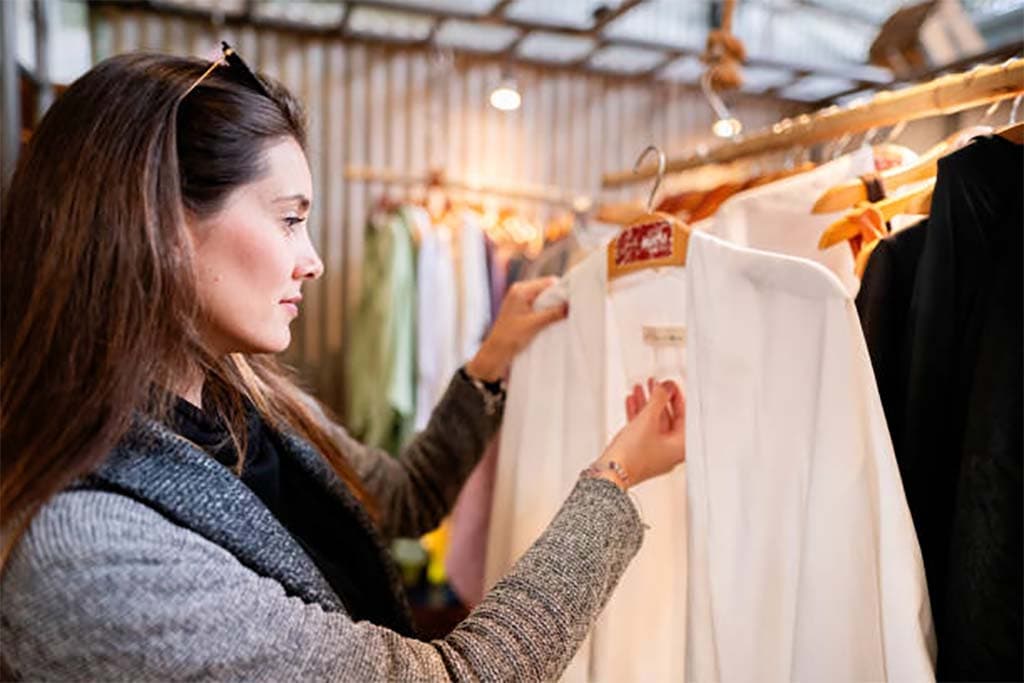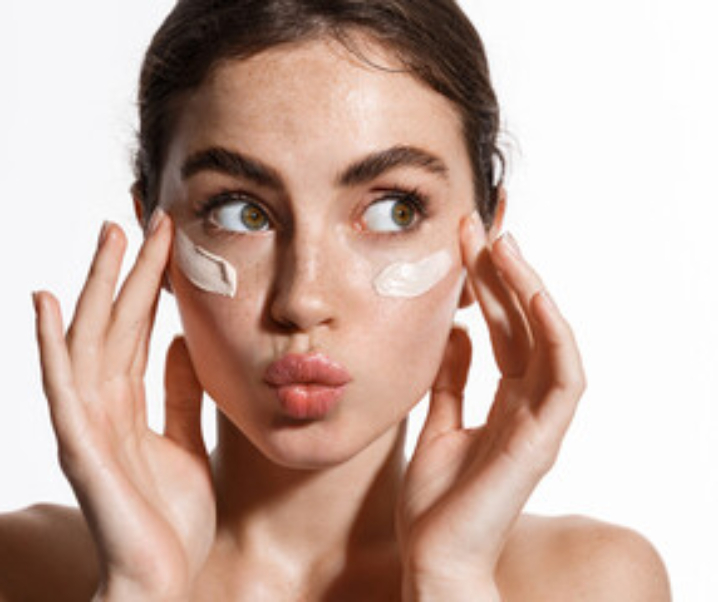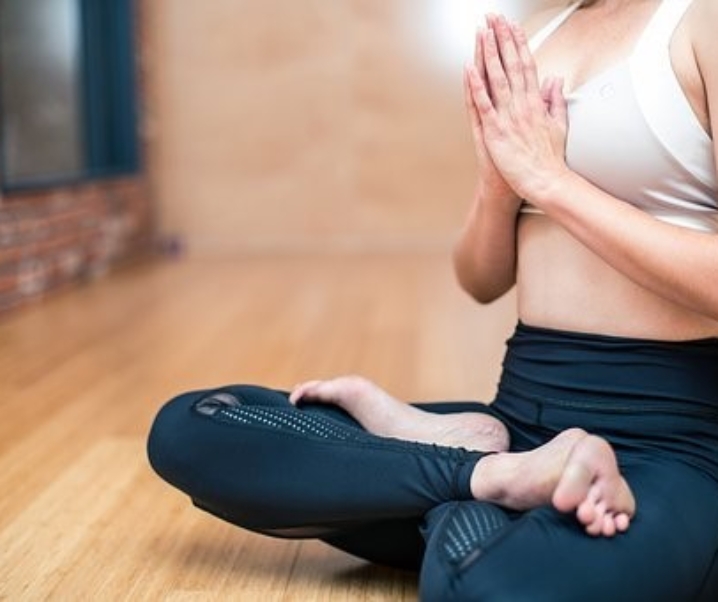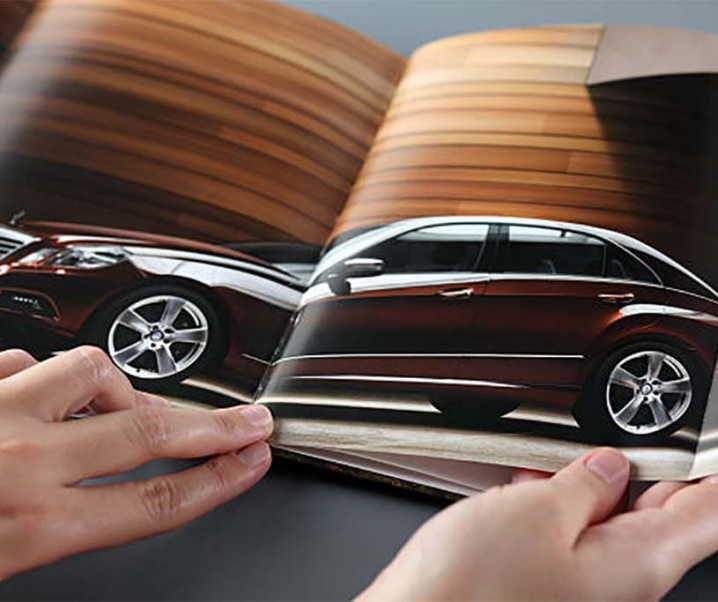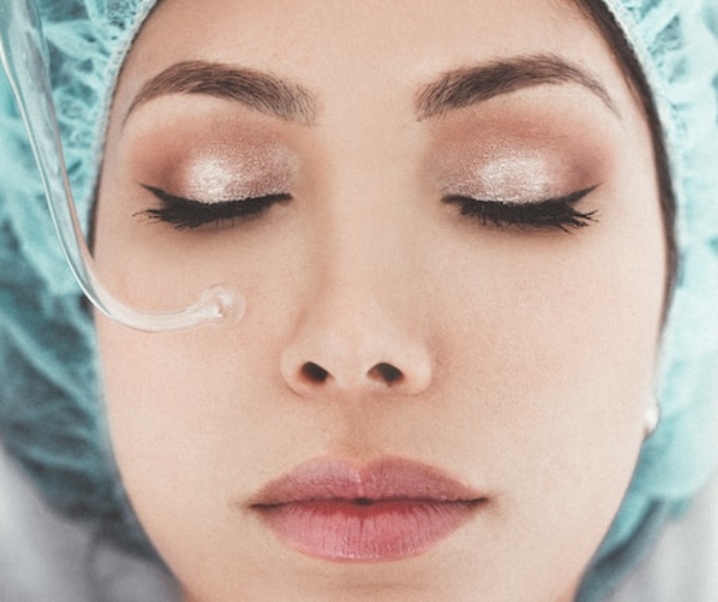The world is at a pivotal juncture, where the consequences of excessive consumerism and unchecked environmental degradation have become glaringly evident. It is in this backdrop that sustainable beauty and fashion are coming to the forefront. Consumers are increasingly prioritizing the environment when making purchasing decisions, driving a significant shift in market dynamics. They’re actively seeking products that not only resonate with their personal aesthetics but also align with their environmental convictions. Brands have acknowledged this shift, with many transforming their entire production chain. From ethically sourced raw materials and ensuring workers’ rights to adopting sustainable packaging, there’s a holistic shift towards responsible production.
Sustainable Makeup: Beyond the Surface
Makeup, for many, is a daily ritual, an extension of their identity. Yet, the underlying environmental and ethical concerns associated with beauty products have, for long, been overlooked. However, the scenario is rapidly changing. Today, we witness an emergence of brands that are redefining beauty standards. These brands prioritize natural and organic ingredients, minimizing harmful chemicals that could adversely impact both the user and the environment. Cruelty-free products, devoid of any animal testing, have become a significant trend, underlined by both ethical and consumer-driven factors. Packaging, too, has seen a revolution. Gone are the days of excessive plastic. Today’s sustainable beauty brands focus on recyclable and minimalistic packaging, ensuring the least environmental footprint.
Eco-Friendly Fabrics and Their Rising Popularity
Clothing, a basic human necessity, has evolved into a powerful form of expression. Yet, its environmental ramifications are profound. Traditional clothing production is resource-intensive, often leading to significant water wastage and environmental pollution. But as awareness grows, the demand for sustainable clothing options has skyrocketed. Brands are actively exploring and promoting fabrics that are not just eco-friendly but also comfortable and durable. Organic cotton, which uses a fraction of water compared to its traditional counterpart and is grown without harmful pesticides, is gaining traction. Similarly, innovative materials like fabrics from recycled plastics or mushroom leather are breaking new ground, offering sustainable yet chic alternatives.
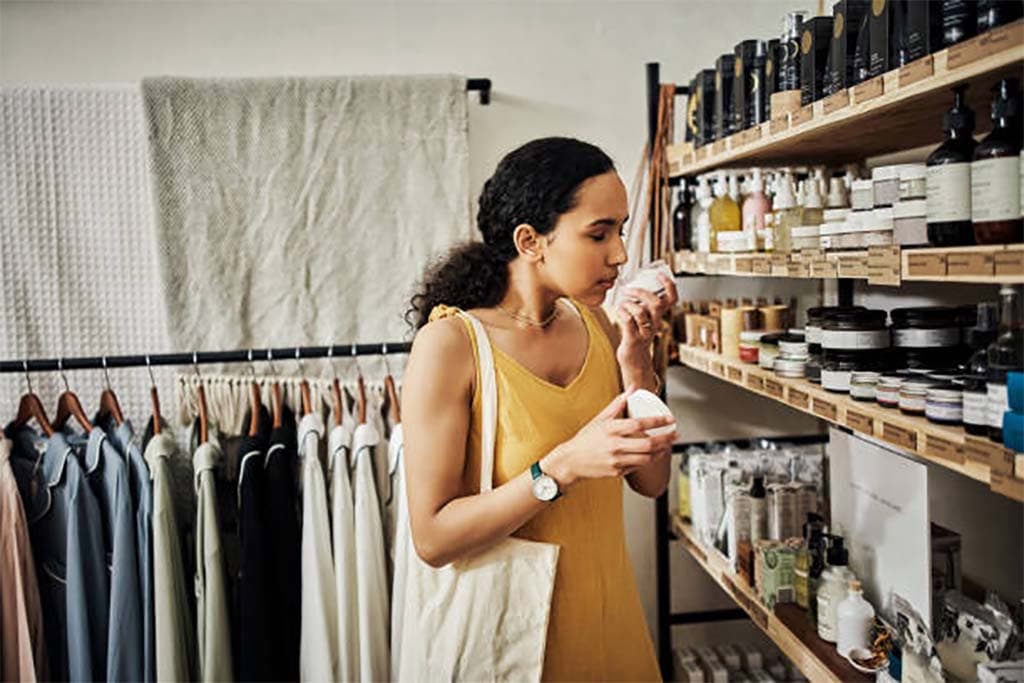
The Push Towards Ethical Manufacturing
Behind the allure of the fashion world lies a history of practices that have often been detrimental to workers and the environment. The quest for fast fashion led to a proliferation of sweatshops, with workers often facing abysmal conditions and meager pay. However, the tide is turning. Information transparency and consumer activism are pushing brands to adopt ethical manufacturing practices. It’s becoming paramount for brands to ensure fair wages, safe working conditions, and respect for workers’ rights. Such measures are no longer just ethical decisions but critical business strategies to maintain customer trust and brand loyalty in a world where values play a pivotal role in purchasing decisions.
Consumer’s Role: Making Informed Choices
In the modern digital era, consumers play a pivotal role in shaping the trajectory of industries. No longer are they just passive audiences, accepting whatever is thrown their way. Instead, the modern consumer is informed, discerning, and equipped with the ability to rapidly research products and brands. This shift is especially pronounced in the beauty and fashion sectors, where buyers are more aware of the ethical and environmental implications of their choices. They’re not just buying a product; they’re buying into a brand’s values, ethos, and practices. It’s no longer enough for brands to be fashionable or trendy. Authenticity, transparency, and sustainability have become non-negotiables. This transformation in consumer behavior isn’t merely a trend that will fade with time. It marks a fundamental change in the industry landscape, propelled by a fusion of technology, awareness, and evolving consumer values.
Conclusion: A Greener Future for Beauty and Fashion
The nexus of beauty, fashion, and sustainability points towards an encouraging trend – a movement away from mindless consumption towards mindful choice. This evolution isn’t just confined within the realms of corporations and their sustainability agendas. It’s a collective shift, with brands, influencers, and consumers all playing their part. As the beauty and fashion sectors tread more conscientiously on their journey, they serve as beacons for other industries. The spotlight on sustainability and ethical practices in these industries underscores a larger narrative: a collective global push towards a future that’s not just about aesthetics or functionality, but about responsibility and care. It’s a future where beauty and fashion aren’t just about looking good but feeling good about the choices we make, paving the way for a more responsible, sustainable world.
